Hidden Treasures: Unusual and Unique Attractions in Beijing
Beijing, the capital of China, is a city steeped in history and culture, offering a plethora of well-known attractions such as the Great Wall and the Forbidden City. However, beyond these iconic landmarks lies a treasure trove of unusual and unique experiences waiting to be discovered. For those seeking to explore the city's hidden gems and off-the-beaten-path destinations, discovering Beijing's lesser-known wonders can be an exciting and rewarding adventure.

The Underground City: Beijing's Subterranean Labyrinth
Beneath the bustling streets of Beijing lies a vast network of tunnels known as Dixia Cheng, or the Underground City. Built during the 1970s as a refuge in case of nuclear attack, this subterranean maze spans over 85 square kilometers and includes shops, restaurants, and even a movie theater.
Although much of the Underground City remains closed to the public, visitors can explore a small section near Qianmen. Guided tours offer a glimpse into this fascinating piece of Cold War history, showcasing the ingenuity and paranoia of a bygone era.
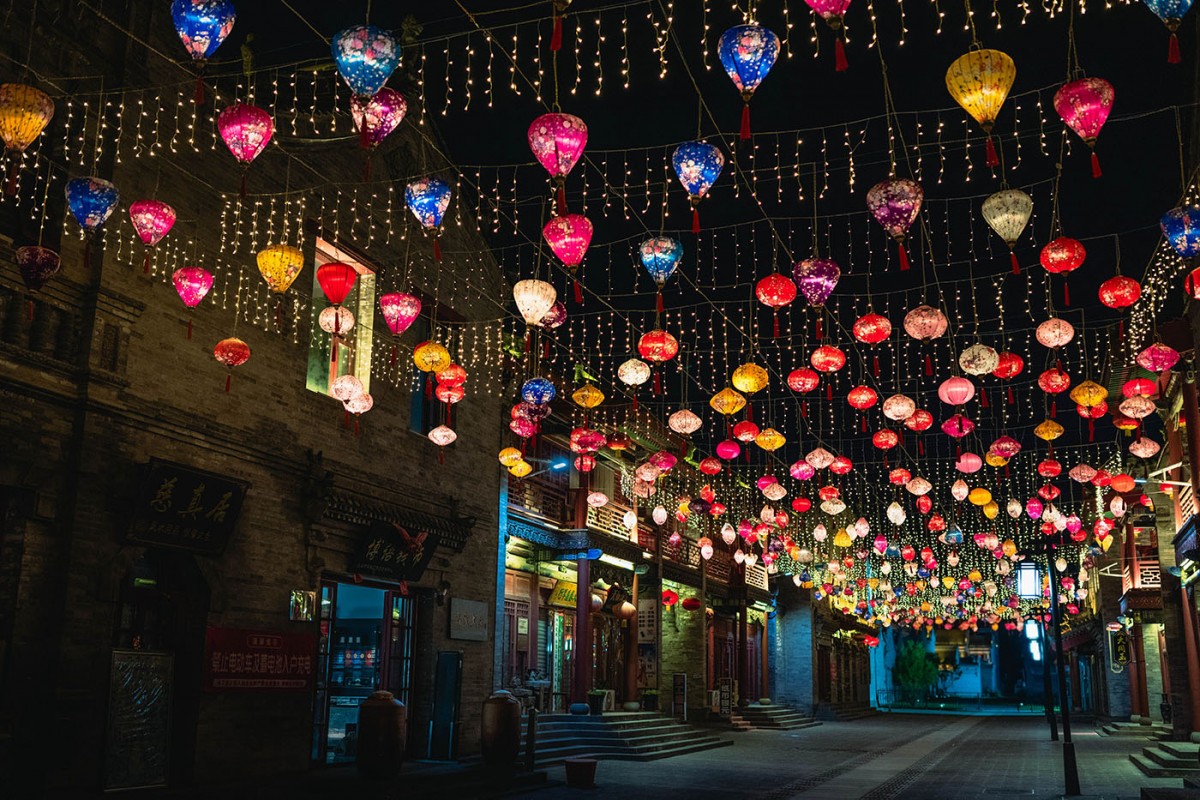
798 Art District: A Haven for Contemporary Art
Nestled in the northeastern part of Beijing, the 798 Art District is a thriving hub of creativity and innovation. Once a complex of decommissioned military factories, this area has been transformed into a vibrant community of art galleries, studios, and cafes.
Visitors can wander through the district's industrial-chic streets, admiring striking murals, avant-garde sculptures, and thought-provoking installations. The area's unique blend of socialist realist architecture and cutting-edge art creates a captivating atmosphere unlike anywhere else in the city.
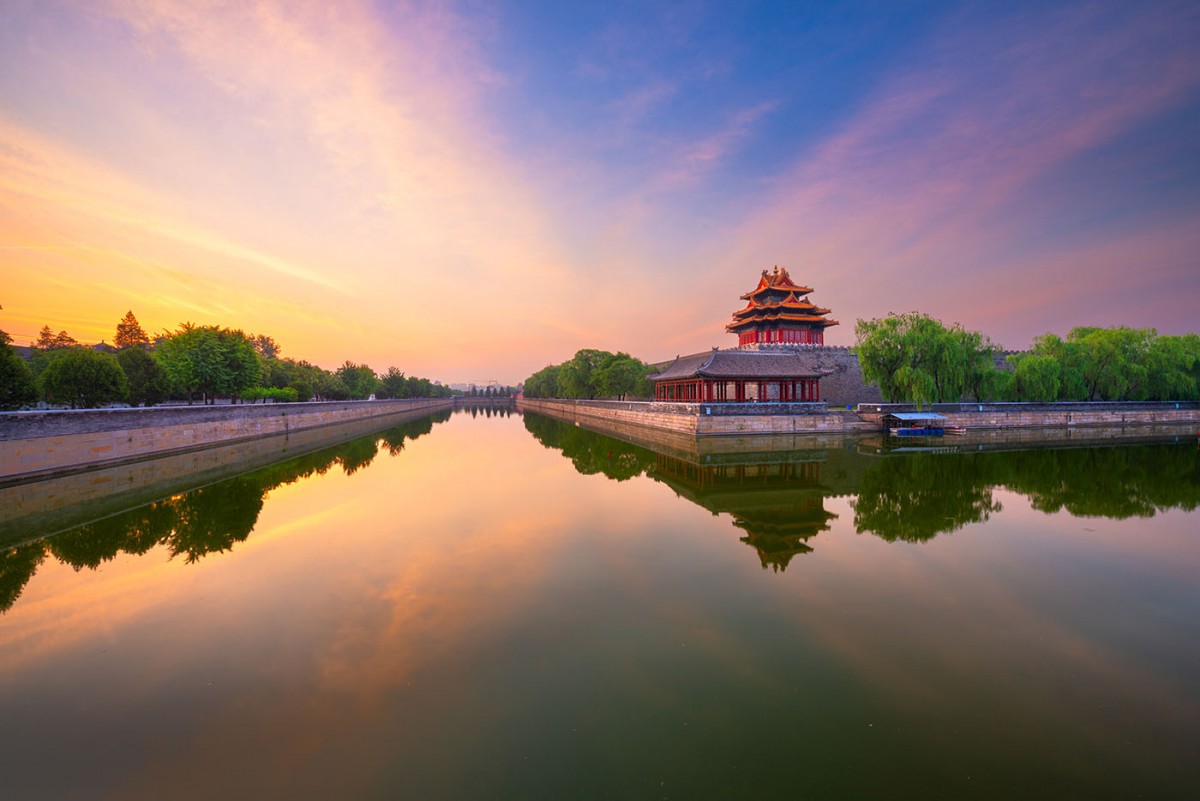
Guozijian Street: A Step Back in Time
For those seeking a glimpse of old Beijing, Guozijian Street offers a peaceful retreat from the city's modern hustle and bustle. This historic alley, lined with traditional courtyard houses and ancient trees, is home to two of the city's most important educational institutions: the Imperial College and the Confucius Temple.
Visitors can stroll along the quiet street, admiring the well-preserved architecture and soaking in the scholarly atmosphere. The nearby Lama Temple, one of the largest and most important Tibetan Buddhist monasteries outside Tibet, is also worth exploring.
Caochangdi: Beijing's Hidden Art Village
While the 798 Art District may be more famous, Caochangdi is Beijing's true hidden gem for art enthusiasts. This former farming village on the outskirts of the city has been transformed into a thriving community of artists, galleries, and creative spaces.
Visitors can explore cutting-edge exhibitions in converted warehouses, chat with local artists in their studios, and discover emerging talent in small, independent galleries. The area's low-key atmosphere and lack of commercialization make it a refreshing alternative to more touristy art districts.
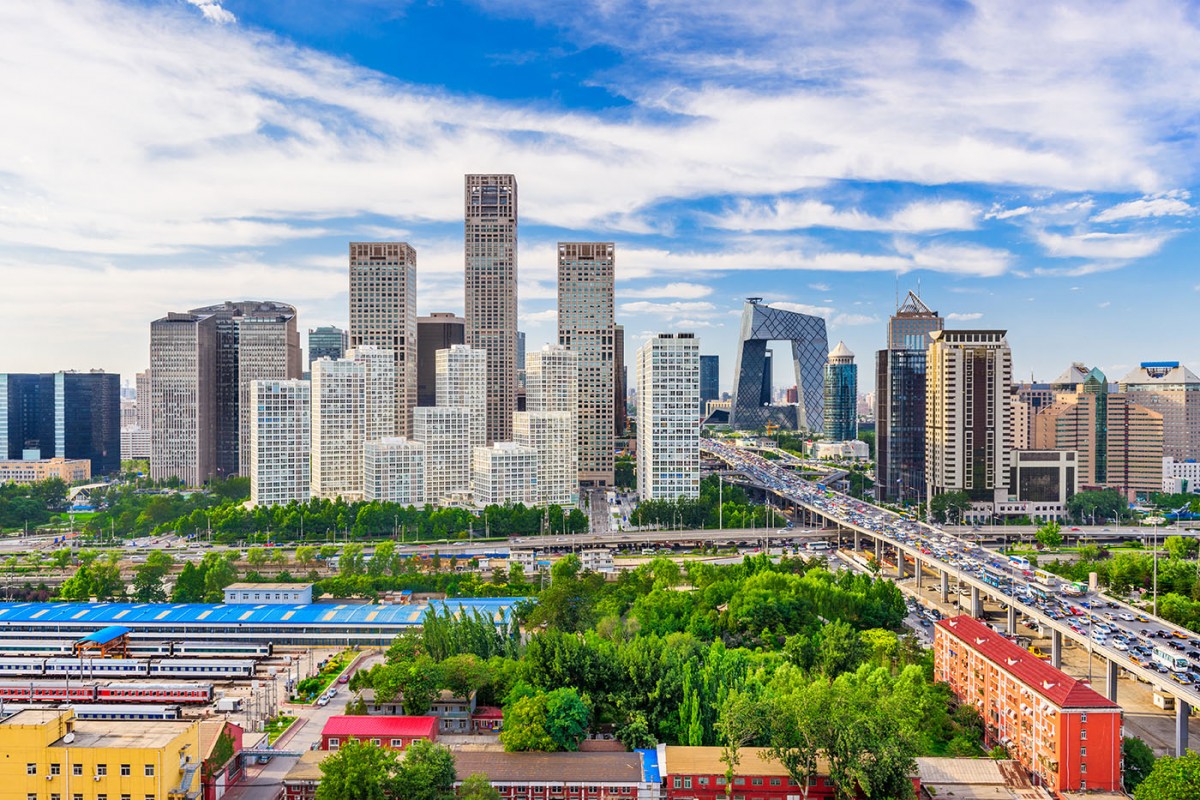
Tianyi Tomb: The Final Resting Place of a Controversial Eunuch
Located in the western suburbs of Beijing, the Tianyi Tomb is a unique and often overlooked historical site. This elaborate mausoleum was built for Wei Zhongxian, a powerful eunuch who wielded significant influence during the Ming Dynasty.
The tomb's intricate carvings and grand architecture reflect Wei's controversial legacy, while the surrounding park offers a peaceful retreat from the city. Visitors can explore the tomb complex, learn about the fascinating history of eunuchs in imperial China, and enjoy the serene landscape.
Shichahai: A Glimpse into Traditional Beijing Life
While Houhai Lake is a popular tourist destination, the nearby Shichahai area offers a more authentic glimpse into traditional Beijing life. This historic district, centered around three lakes, is home to some of the city's best-preserved hutongs (traditional alleyways) and courtyard houses.
Visitors can take a leisurely boat ride on the lakes, explore the narrow hutongs by bicycle, or simply wander the streets and soak in the atmosphere. The area is particularly beautiful in the evening when lanterns illuminate the lakeside and locals gather for outdoor activities.
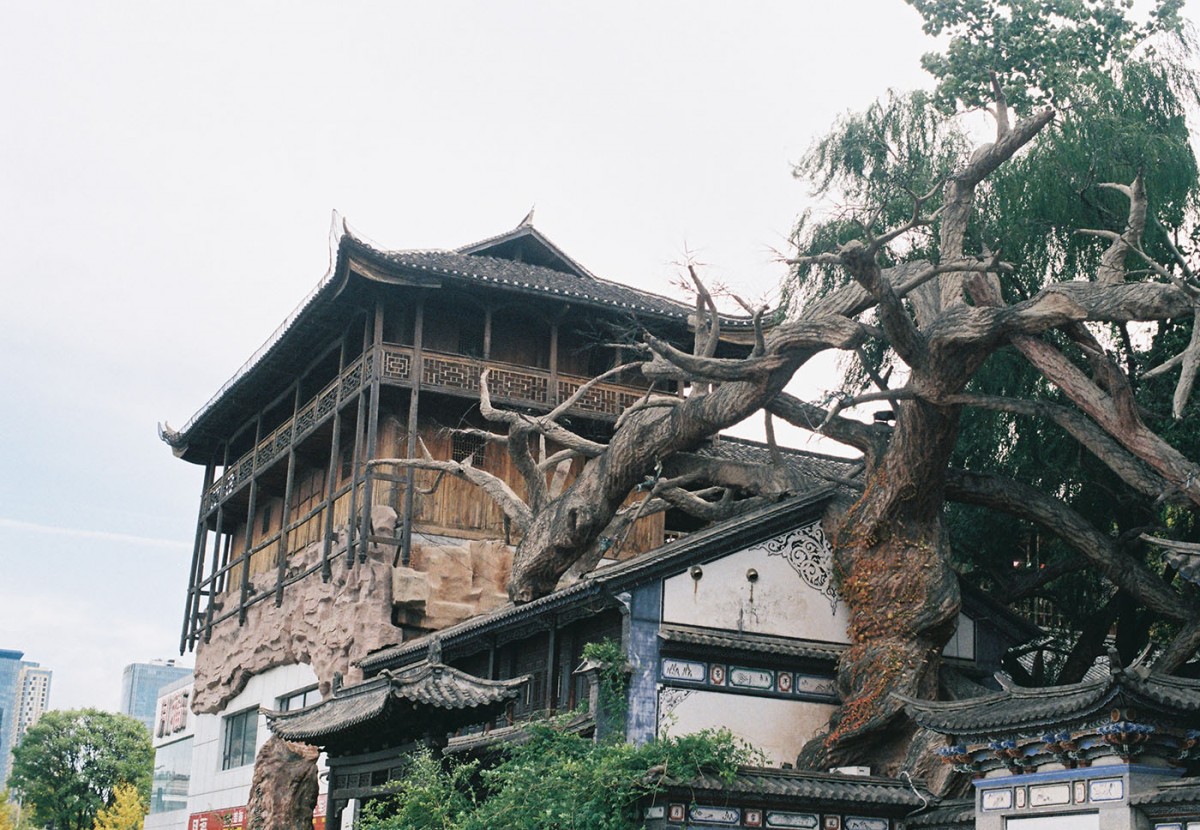
Unusual Culinary Adventures: Beijing's Hidden Food Scene
Beijing's culinary landscape extends far beyond Peking duck and dumplings. For adventurous food lovers, the city offers a wealth of unique and unusual dining experiences.
- Guolizhuang: This restaurant specializes in dishes made from animal genitalia, believed to have medicinal properties in traditional Chinese medicine.
- Wangfujing Night Market: While not exactly hidden, this market offers a range of exotic street foods, including scorpions, starfish, and silkworm cocoons on skewers.
- Ghost Street: This lively street comes alive at night, offering a wide variety of local specialties and seafood dishes in a vibrant, bustling atmosphere.
Hidden Green Spaces: Urban Oases in the Heart of Beijing
While Beijing is known for its sprawling urban landscape, the city also harbors several hidden green spaces that offer a peaceful respite from the bustling streets.
- Ritan Park: This former imperial altar ground is now a tranquil park featuring traditional Chinese gardens, a small lake, and rock formations.
- Beihai Park: Although not exactly hidden, this vast imperial garden is often overlooked by tourists in favor of more famous sites. Its white pagoda, intricate bridges, and serene lake make it a perfect spot for a leisurely afternoon.
- Jingshan Park: Located just north of the Forbidden City, this artificial hill offers panoramic views of Beijing and is a popular spot for local seniors to practice tai chi and dance.
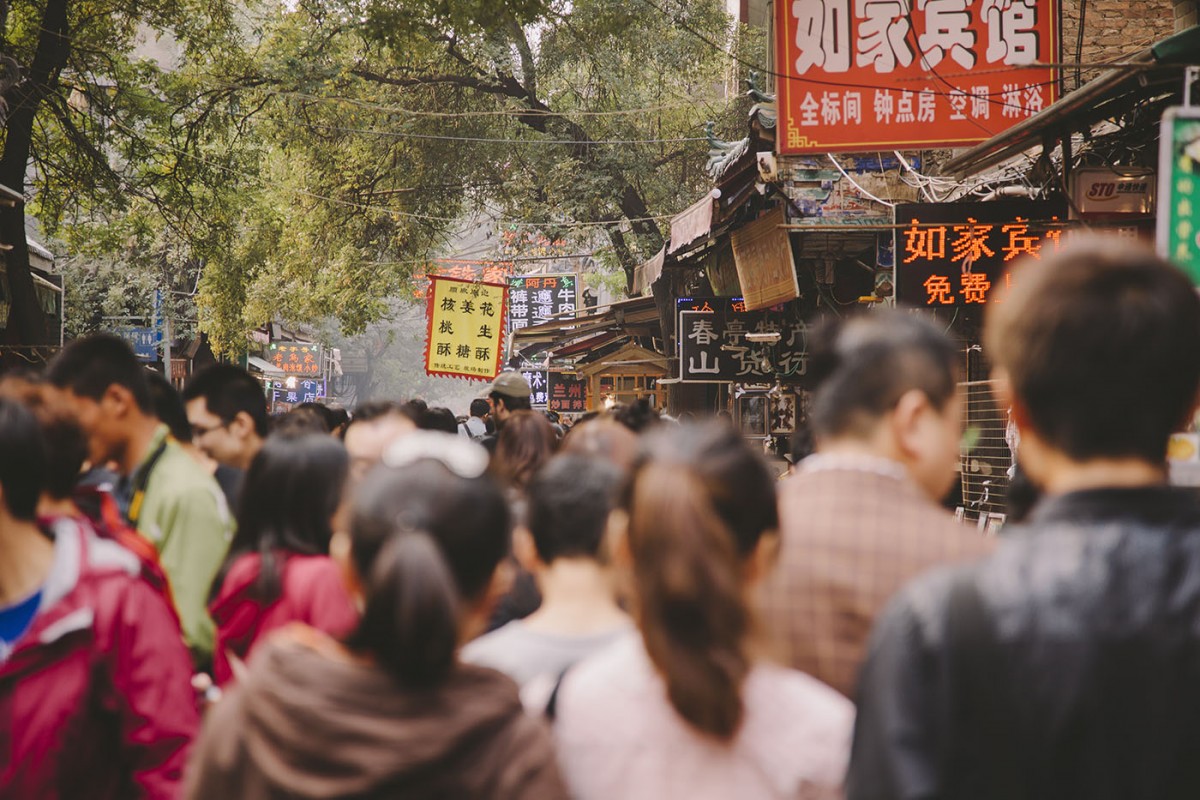
Unusual Museums: Quirky Collections and Niche Exhibits
Beijing is home to several unusual museums that cater to niche interests and showcase quirky collections.
- Watermelon Museum: Dedicated to the history and cultivation of watermelons in China, this unique museum offers a surprisingly in-depth look at this beloved fruit.
- Tap Water Museum: Housed in Beijing's first water plant, this museum traces the history of the city's water supply and offers a fascinating glimpse into urban development.
- Beijing Ancient Architecture Museum: Located in a beautifully preserved temple complex, this museum showcases traditional Chinese architecture and building techniques.
Hidden Historical Sites: Lesser-Known Landmarks
While Beijing's major historical sites are well-known, the city is also home to several lesser-known landmarks that offer unique insights into Chinese history and culture.
- Ancient Observatory: This Ming Dynasty-era astronomical observatory features a collection of centuries-old stargazing instruments on its roof terrace.
- Niujie Mosque: One of the oldest and largest mosques in Beijing, this site offers a glimpse into the city's Muslim heritage.
- Fahai Temple: Located on the western outskirts of Beijing, this temple is renowned for its well-preserved Ming Dynasty frescoes.
Exploring these hidden treasures and unusual attractions can provide a deeper, more nuanced understanding of Beijing's rich cultural tapestry. For those looking to delve further into the city's lesser-known sights, curated exploration experiences in Beijing can offer expert guidance and insider knowledge, helping visitors uncover the city's most intriguing secrets.
From subterranean tunnels to contemporary art villages, from quirky museums to hidden historical sites, Beijing's unusual and unique attractions offer something for every type of traveler. By venturing beyond the typical tourist trail, visitors can discover a side of the city that few get to experience, creating memories that will last a lifetime.